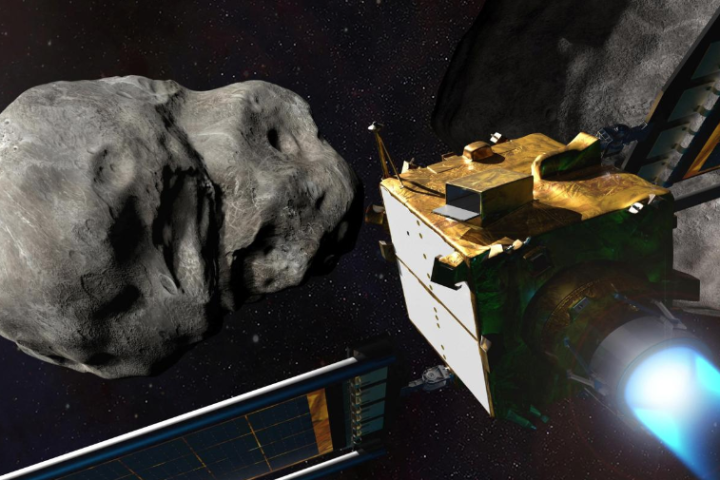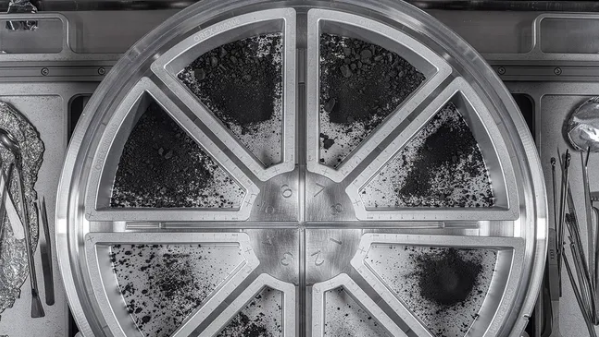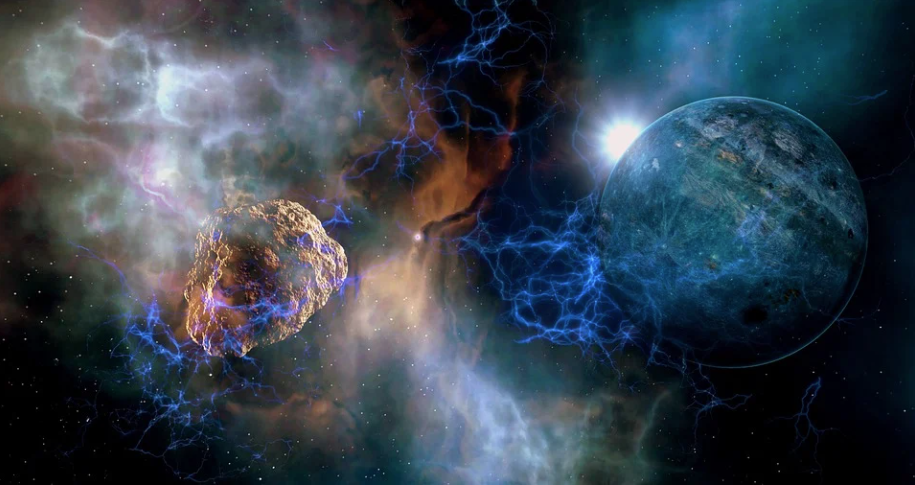An asteroid the size of a football stadium is about to reach its closest point to our planet in more than 100 years and will pass by Earth today at 66,000 km/h.
Experts call asteroids of this size ‘city killers’. If they hit a populated area of the Earth, they could destroy an entire city.
But don’t worry, it is unlikely to hit us as it will pass seven times farther away than the distance between the Earth and the Moon. According to NASA’s Jet Propulsion Laboratory (JPL), the gigantic asteroid will pass about 2.8 million kilometers away from us.
You can’t see it with the naked eye, but you can watch it live!
You can watch the cosmic encounter on the YouTube channel above.
Asteroid 2008 OS7 will be too far away to be seen without a telescope. But if you want to catch a glimpse of the asteroid as it passes by our planet, you’re in luck!
Astrophysicist and scientific director of the Virtual Telescope Project Gianluca Masi and his colleagues will live stream the transit (starting at 21:30 GMT). The live broadcast will last about 45 minutes, Masi told Business Insider.
So what else do we know about asteroid 2008 OS7?
Discovered in 2008, the asteroid is called ‘2008 OS7’. NASA’s Center for Near-Earth Object Studies estimates that the space rock is 210 to 480 meters wide. This means that the asteroid is roughly the same size as the Empire State Building in New York City.
Asteroid 2008 OS7 takes 962 days to orbit the Sun. After passing by the Earth, it will continue its path through our solar system. To compare it to more familiar asteroids, it is about half the size of Bennu, which NASA visited and sampled, and 70 times smaller than Vredefort, the largest object known to have hit Earth.
2008 OS7 has a highly elliptical orbit. Therefore, every time the spacecraft approaches our planet, the distance between it and Earth changes dramatically. By 2032, it won’t cross our path again and the next ‘greeting’ will take place at a much greater distance. It will be at least a few centuries before it comes this close to us again.
According to JPL’s estimates, the asteroid will never come close enough to hit our planet, but it is considered ‘potentially dangerous’ by NASA due to its very close course to Earth.





